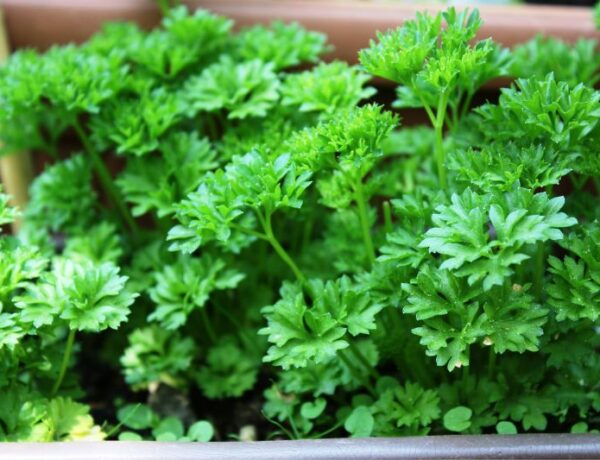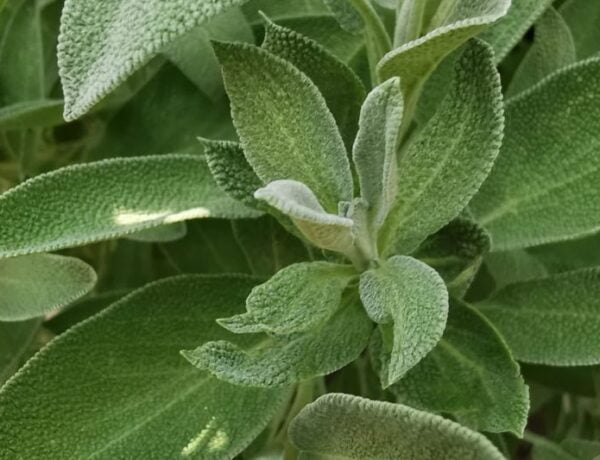Goeppertia zebrina, often referred to as the Zebra Plant, is a tropical eye-catcher with its vivid, striped leaves. As a member of the diverse Goeppertia family, this calathea variety never fails to impress.
Table of Contents
1. General Information & Taxonomy
| Scientific name | Goeppertia zebrina |
| Common names | Zebra Plant, Calathea Zebra |
| Native to | Southeastern Brazil |
| Toxicity | Non-toxic to pets and humans |
| Mature size | Up to 1-3 feet in height |
| Category | Perennial |
| Growth Rate | Moderate |
| Dormancy period | None |
| Hardiness | USDA Zones 11-12 |

2. Calathea Zebrina Care & Growing Requirements
» Watering
When it comes to watering, Calathea Zebrina appreciates a steady supply of moisture without sitting in a puddle. It’s best to water when the top inch of the soil feels dry to the touch. Distilled, rain, or filtered water is preferable, as this plant is sensitive to minerals and salts commonly found in tap water.
» Light
Bright, indirect light will make your Calathea Zebrina happiest. Be cautious of direct sunlight, which can cause leaf scorch, while insufficient light could dull the plant’s vibrant colors.
» Soil
A well-draining, aerated potting mix is ideal. A blend of peat, pine bark, and perlite provides the right balance for this finicky plant.
» Temperature
With its tropical roots, Calathea Zebrina thrives in warm conditions, typically between 65-80°F (18-27°C). It’s a good idea to avoid temperatures below 60°F (15°C).
» Humidity
High humidity levels—think 50% or higher—are essential. Whether you opt for a humidifier or a simple water-filled pebble tray, keeping the air moist will help your Calathea Zebrina flourish.
» Fertilizer
During the growing season, which spans from Spring to early Fall, feed your plant every 4-6 weeks. Use a balanced liquid fertilizer at half the recommended strength to prevent salt build-up in the soil.
3. Calathea Zebrina Maintenance and Propagation
» Repotting
Plan to repot your Calathea Zebrina every 1-2 years, especially if you notice it becoming root-bound. Choose a new pot that is 1-2 inches larger in diameter than the current one for optimal growth.
» Pruning
Regularly prune away any yellow or brown leaves, along with faded or dead foliage, to encourage new growth and maintain a tidy appearance.
» Propagation
Propagation of Zebra plant is best done through division. While repotting, gently separate the plant into smaller sections, ensuring each new plant has a healthy root system and foliage before placing it in its own pot.
4. Common Issues
- Leaves Turning Yellow: If you notice yellow leaves, it may be due to overwatering or low humidity. Re-evaluate your watering routine and consider adding a humidifier to the mix.
- Leaves Turning Brown: Brown leaves typically point to issues with water quality or low humidity. Using distilled or filtered water and increasing humidity can often resolve this problem.
- Curling Leaves: Curling leaves are usually a sign that the plant is trying to reduce its surface area to conserve moisture. Upping the humidity and reassessing your watering schedule can usually correct this.
- Loss of Color: A dull appearance often suggests insufficient light. Moving your plant to a brighter but indirect light source can often revive its vibrant coloration.
5. Calathea Zebrina Diseases & Pests
Although generally hardy, Calathea Zebrina is occasionally susceptible to common pests like spider mites and aphids. Treating with insecticidal soap or neem oil can mitigate these issues. Diseases are rare but can be prevented by sticking to the care guidelines outlined here.
Conclusion
Calathea Zebrina is a show-stopping addition to any indoor garden, and with the right care, it will provide you with its stunning foliage for years to come. If you’re interested in exploring other types of Calatheas, be sure to check out the equally captivating Calathea Crocata, the furry-leaved Calathea Rufibarba, or the intricately patterned Pinstripe Calathea.





No Comments